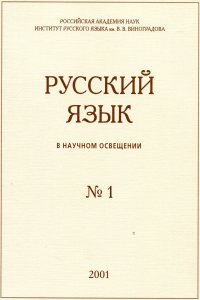Once more on the Perfect and Aorist in Early East Slavic texts
Abstract:
The paper deals with the problem of the semantic distribution of perfect and aorist tenses
in early Old Russian texts, which has recently attracted a lot of renewed interest. It is shown
that the aorist vs. perfect distribution in the oldest vs. the later parts of the Povesť vremennykh
let is different. In the ancient part of the chronicle going back to the 11th century, this distribution
is, for the most part, the same as in Old Church Slavonic: the aorist is a non-marked preterit
and can be used not only in narrative contexts but also in direct speech with perfect semantics
(“current relevance” of the result), while the perfect occurs not so often and in many
cases has a specific connotation of characterization connected with the source of its grammaticalization.
In the later part of Povesť vremennykh let created in the beginning of the 12th
century, as well as in the following chronicle tradition of the 12th-13th centuries, the aorist is
used as a narrative preterit and does not occur in direct speech, while the perfect becomes the
form of alien (direct and indirect) speech, has resultative semantics and loses its specific characterizational
connotation. This change was conditioned by the evolution of the Old Russian
verbal system in the 11th-12th centuries and the formation of the hybrid register of literary language
in the 12th century.
Finally, the hypothesis about the participle function of -l-forms in East Slavic texts put
forward by M. Skachedubova (Ermolova) is discussed.


